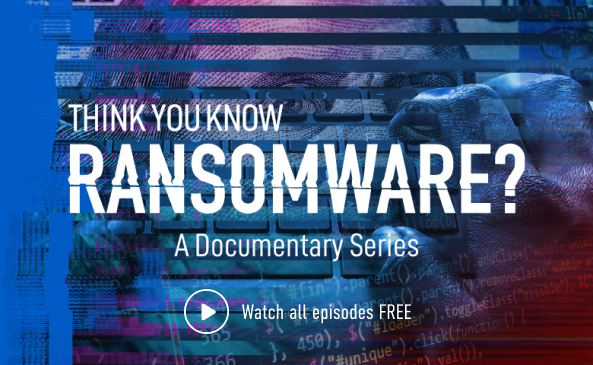ランサムウェアの現状
66% の企業が、昨年ランサムウェア攻撃の被害を受けました。その被害者にはならないでください。
リモートランサムウェア
人手で操作されるランサムウェア攻撃の約 60% には、悪質なリモート暗号化が含まれています。現在勢いを増しているこのランサムウェア攻撃に関する最新情報をご覧ください。
世界トップレベルの保護を導入
今日のランサムウェア攻撃では、多くの場合、複数の高度な手法とリアルタイムのハッキングが組み合わされています。被害者になるリスクを最小限に抑えるには、攻撃チェーン全体を監視して保護する高度な保護機能が必要です。
ベストプラクティスの実施
攻撃のリスクを最小限に抑えるために、次のヒントに従ってください。
- 多要素認証 (MFA) を使用
- 複雑なパスワードを使用
- アクセス権の制限、つまりユーザーと管理者アカウントに必要なアクセス権のみを付与し、それ以上のアクセス権を付与しない
- 定期的なバックアップを作成し、攻撃者がアクセスできないオフサイトおよびオフラインへ保管
- パッチを早期かつ頻繁に適用。WannaCry や NotPetya などのランサムウェアは、パッチを適用していない脆弱性を利用して世界中に拡散しました
- RDP のロックダウン。不要な場合は RDP をオフにし、必要に応じてレート制限、2FA、または VPN を使用します
- タンパープロテクション機能が有効になっていることを確認 - Ryuk やその他のランサムウェアの亜種は、エンドポイント保護を無効にしようとします




